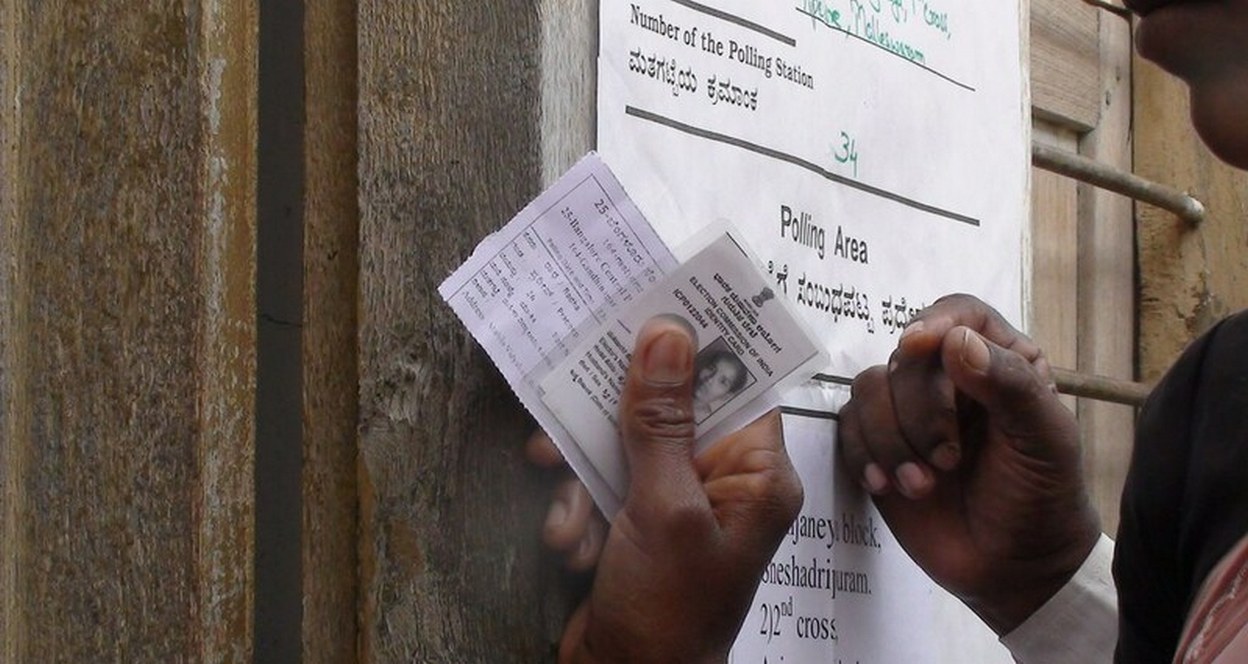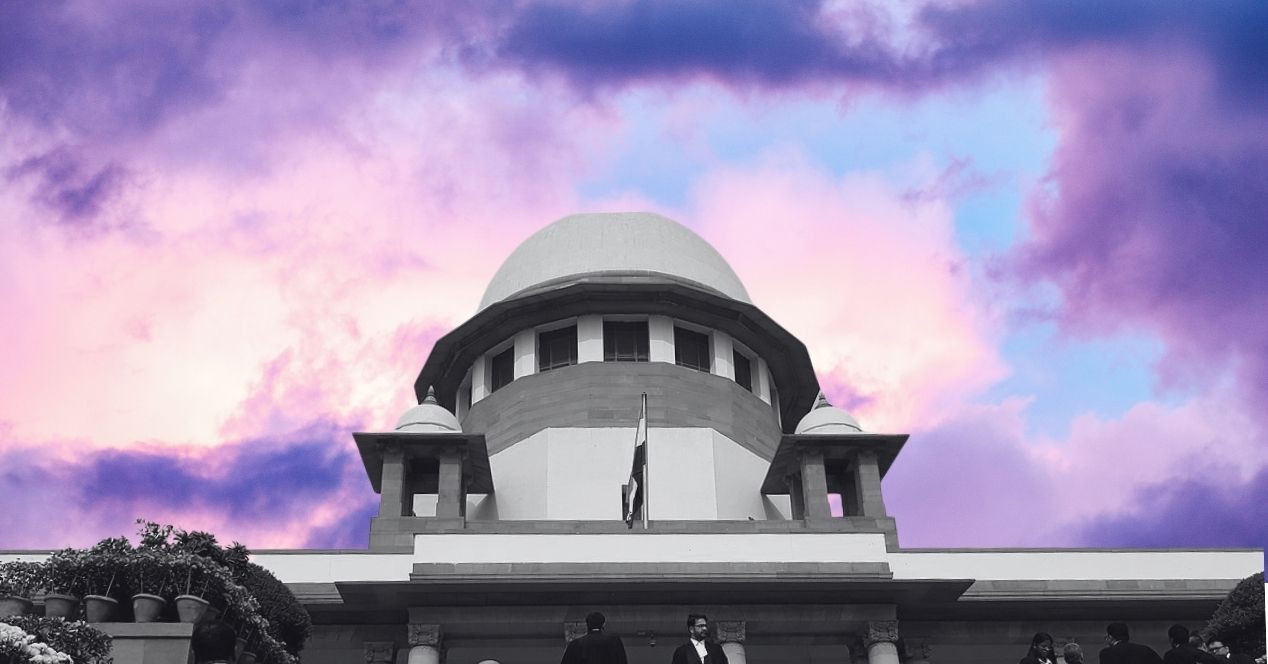Analysis
More Vote Verification for a Better Democracy?
Concerns about vote tampering and pleas to increase verification during elections are not new, and has resurfaced again at the SC as a PIL.

Yesterday, Akhilesh Yadav, the Chief of the Samajwadi Party, alleged that the BJP was ‘stealing votes’ by stealing Electronic Voting Machines (EVMs). He claimed that his party workers caught a truck carrying EVMs in Varanasi and several other districts in Uttar Pradesh. The UP Chief Electoral Officer insisted that the EVMs in the truck were used for training, and that the EVMs used in polls were being guarded and monitored 24X7. On the same day, the Supreme Court heard a PIL seeking to increase the verification of vote counting in five states, and refused to interfere when the counting was only days away.
Concerns about vote tampering and pleas to increase security and verification during elections are not new. Ever since EVMs were introduced in India in 1982, there have been various allegations of tampering. Among the earliest issues raised against the system was in 2009, when L.K. Advani demanded a return to ballot papers claiming that EVMs were not tamper proof. In 2013, the Voter Verifiable Paper Audit Trail (VVPAT) was introduced as a way to further verify EVM systems.
VVPAT is an ‘independent system’ attached to the EVM. It records votes cast in the EVM, prints the voter’s choice on a slip and displays it to the voter. It then records that slip in a sealed box. The VVPAT fulfils two key functions—it allows voters to know if the correct vote was entered; and for the physical verification of electronically recorded votes during the counting of votes. A manual issued by the Election Commission (EC) in 2018, required the EC to randomly select one polling station in each Assembly Segment/Constituency for VVPAT verification.
In 2019, 21 political leaders claiming to represent 70-75% of the total population of India approached the Supreme Court. They requested the SC to ensure that 50% of EVMs were attached with VVPAT systems, to ensure that verification was done more efficiently and widely. The EC argued that the process was labour and time-intensive, and would delay the election results by a week.
A three-Judge Bench consisting of Former Chief Justice Ranjan Gogoi, and Justices Deepak Gupta and Sanjiv Khanna emphasised that thorough verification to the satisfaction of the parties as well as the general public was vital. The Court directed the EC to increase the number of polling stations with VVPAT from one to five.
Yesterday, just two days before the counting of votes in the elections in Uttar Pradesh, Punjab, Goa, Mizoram, and Uttarakhand began, a PIL was heard to increase verification through VVPAT. The petition sought two changes—first, to increase the number of VVPATS from five polling booths to five polling stations per constituency. This would mean that more booths under a particular polling station would be verified. Second, to conduct the verification process prior to the counting of votes. The petition sought the SC to enforce this before the counting for the elections in these five states began.
The SC refused to interfere with the present elections citing that the EC has already been trained, and that the changes sought are too ‘last minute’. However, the petition continues to remain in Court. At the Supreme Court Observer, we will track any developments on whether a more stringent verification process will be enforced by the Court.



